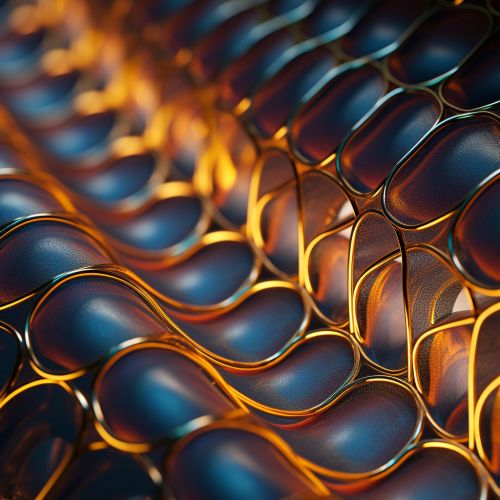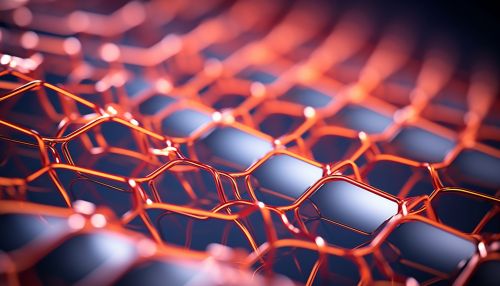The Physics of Quantum Computing with Topological Insulators
Introduction
Quantum computing is a rapidly evolving field that leverages the principles of quantum mechanics to process information. A key component of this field is the use of qubits, which are the quantum equivalent of classical bits. Unlike classical bits, which can be either a 0 or a 1, qubits can exist in a superposition of states, allowing for more complex and powerful computations.
One of the major challenges in quantum computing is maintaining the coherence of qubits, as they are easily disturbed by their environment. This is where topological insulators come into play. Topological insulators are a unique class of materials that have insulating properties in their bulk but conductive properties on their surface. This unique property makes them an ideal candidate for use in quantum computing, as they can help to maintain the coherence of qubits.


Quantum Computing
Quantum computing is based on the principles of quantum mechanics, which describes the behavior of particles at the smallest scales. Quantum mechanics is fundamentally different from classical physics, and it introduces several new concepts, such as superposition and entanglement.
Superposition refers to the ability of a quantum system to exist in multiple states at once. This is a key feature of qubits, which can be both a 0 and a 1 at the same time. This allows quantum computers to perform many calculations simultaneously, greatly increasing their computational power.
Entanglement is another quantum phenomenon, where two or more particles become linked and the state of one particle can instantaneously affect the state of the other, regardless of the distance between them. This property is used in quantum computing to link qubits together, allowing them to work in unison.
Topological Insulators
Topological insulators are a unique class of materials that exhibit insulating behavior in their bulk but conductive behavior on their surface. This is due to the topological nature of their electronic structure, which is a result of the strong spin-orbit coupling in these materials.
The surface states of topological insulators are protected by time-reversal symmetry, which means that they are immune to small perturbations. This makes them ideal for use in quantum computing, as they can help to maintain the coherence of qubits, which is crucial for the operation of a quantum computer.
Quantum Computing with Topological Insulators
The use of topological insulators in quantum computing is a relatively new field of research, but it holds great promise. The unique properties of topological insulators could be used to create more stable and reliable qubits, which are the building blocks of quantum computers.
One of the ways that topological insulators could be used in quantum computing is through the creation of Majorana fermions. Majorana fermions are particles that are their own antiparticles, and they can be created at the interface between a topological insulator and a superconductor. These particles have non-Abelian statistics, which means that they can be used to perform quantum computations in a way that is inherently protected from errors.
Another potential application of topological insulators in quantum computing is the creation of topological qubits. Topological qubits are qubits that are protected by the topological properties of the system they are in. This means that they are immune to small perturbations, which makes them more stable and reliable than other types of qubits.
Conclusion
The field of quantum computing is still in its early stages, and there is much that we still don't know. However, the use of topological insulators in quantum computing holds great promise, and it could help to overcome some of the major challenges in the field. While there is still much research to be done, the future of quantum computing with topological insulators looks bright.
